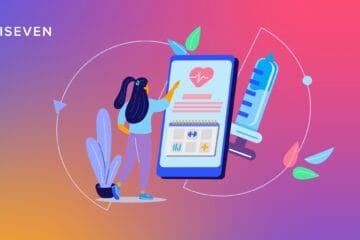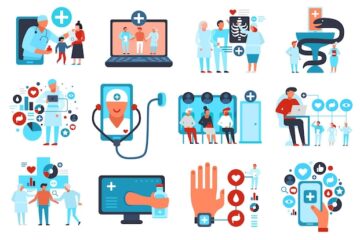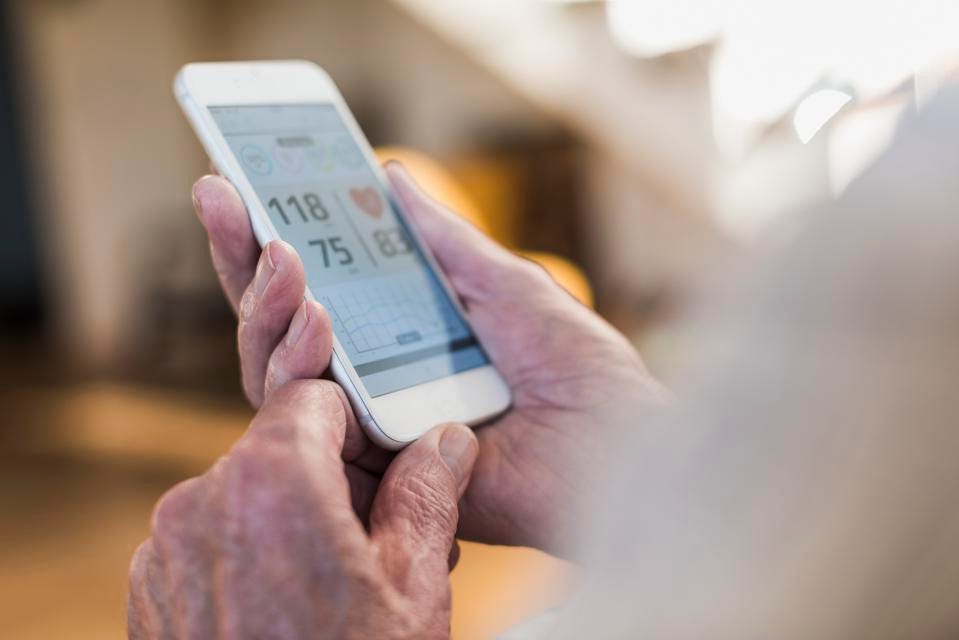One of the biggest selling points of mobile apps for consumer health is their ability to empower patients, especially remote patients, to manage their own chronic diseases. In theory, improved management leads to better health outcomes and reduces the overall burden on health systems. Many studies have supported this notion, but most have focused on specific individual medical conditions, looking at isolated aspects of these patient-facing health tools. The reality is that many patients with chronic diseases suffer from multiple concurrent conditions that should be considered together, and other aspects such as access, behavioral and socioeconomic factors should also be factored in when evaluating the effectiveness and value of health apps. Because of this discrepancy between study designs and reality, there is some uncertainty about the practical value of some of these studies in reflecting whether patient-facing health apps improve chronic disease outcomes.
Singh et al looked into the value of existing patient-facing health apps available in the US by conducting a scoping review of studies published since 2008 available in PubMed and MEDLINE, EMBASE, the Cochrane Central Register of Controlled Trials, Web of Science, and EBSCO. Of the 175 included studies, the most commonly targeted high-need, high-cost (HNHC) conditions were obesity, physical handicaps, diabetes, old age, dementia, and mild cognitive impairment. This is not surprising, considering the rising incidence of these conditions and the increasing focus on these topics in recent years across pharmaceuticals and academic research. More research on other HNHC conditions beyond those mentioned are highly encouraged, such as orthopedics, kidney disease and bipolar disorder. The authors recognized that small study sizes is a common challenge across multiple studies, and acquiring patient consent using non-traditional methods (eg, using the app directly) can help improve this.
Surprisingly, up to 40% of papers included in this review did not even mention the name of the app they are studying, which really diminishes the value of these studies. In another 30% of the papers studied, the mentioned apps could not be found in the iOS or Android app stores. This may be due to the high turnover of medical apps, potentially driven by low awareness and usage of potentially useful apps. Of the apps that were located, two-thirds were available only in the iOS store, 6% only in Android store, and only 28% were available on both systems. The low percentage of apps available on both platforms is concerning, as this can affect usage continuity when patients switch phones, and recommendations of useful health apps may be limited by which phone their friends and family are using.
Most of the apps studied had the functionality to record information, provide guidance, and display health information. Interactive components with social media, family and other patients, and connection with external medical devices are often not offered. This is somewhat disappointing as the latter components can really drive adherence and be the source of constructive feedback tailored to the patient.
Looking at the types of outcomes evaluated in these papers, about half of the studies evaluated user satisfaction with on average 85% of users being satisfied. Usability was evaluated in 42% of studies, usage in 35% of studies, measurement ability of the app compared with a clinical measure in 32% of studies, process measure (rather than clinical outcome) in 23% of studies, clinical outcomes in 21% of studies, and safety and adverse events in 5% of studies. Since most of these outcomes are not evaluated in most studies, it can be difficult to directly compare apps targeting the same patient population from two or more different studies. Also, without even looking at the results of these outcome measures, it is quite clear by just looking at the distribution of outcomes evaluated across studies that no clear conclusion can be made on whether patient-facing health apps provide beneficial outcomes for HNHC patients with chronic diseases.
This study review demonstrates very nicely why it is important to consider any study with a grain of salt and not to take any results at their face value. Most of the papers (137/175) specified a target population that would benefit from the app studied. Almost 80% of these studies included patients of the target population and 13% used healthy patients as they are coming from a preventive angle. Surprisingly, almost 9% used an irrelevant patient group despite identifying the target population in their study. Furthermore, the authors of roughly 61% of the papers were involved with the development of the app described in the study, and another 23% did not disclose this information at all. The source of funding was also not disclosed in almost 50% of papers included in this scoping review. These findings are worrisome, as they suggest that a fairly significant level of bias is present in many studies evaluating the validity and effectiveness of health apps.
Simply put, results from relevant studies on health apps for HNHC populations do not provide an accurate prediction of whether these apps actually improve health outcomes. Amongst other issues, the scope of most studies are too narrow, outcome measures are not comprehensive and not always comparable, and the uncertainty of bias is too high. A more exhaustive approach to app study design and reporting will be helpful in providing strong evidence for the effectiveness of health apps for HNHC populations.
[Source:-Imedical Apps]



